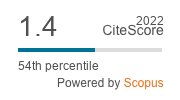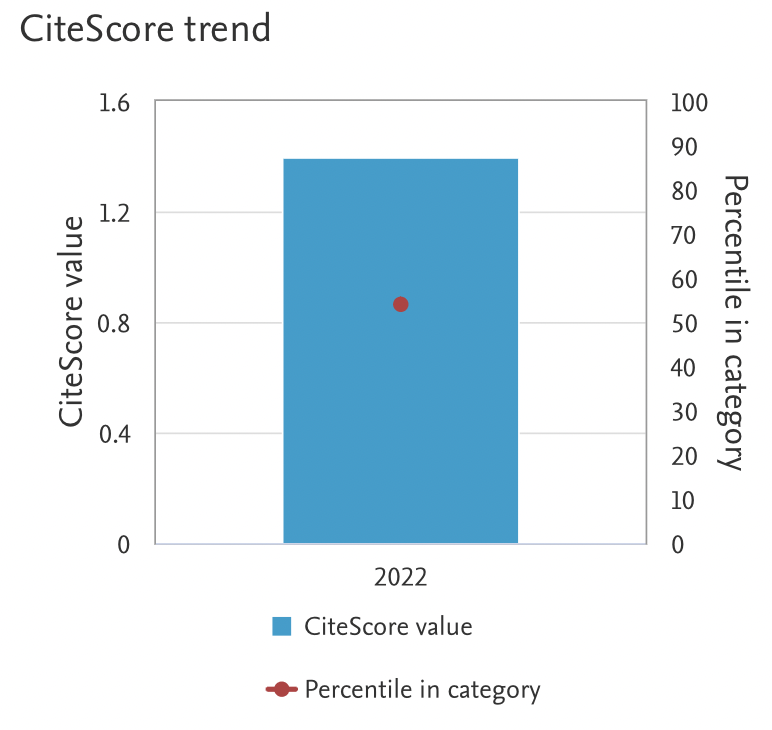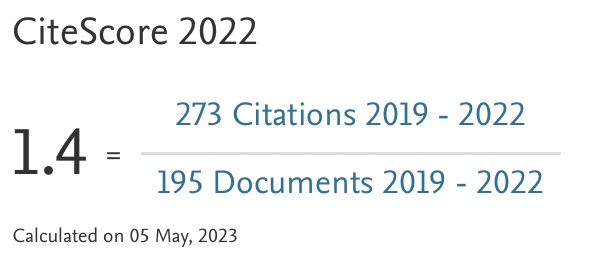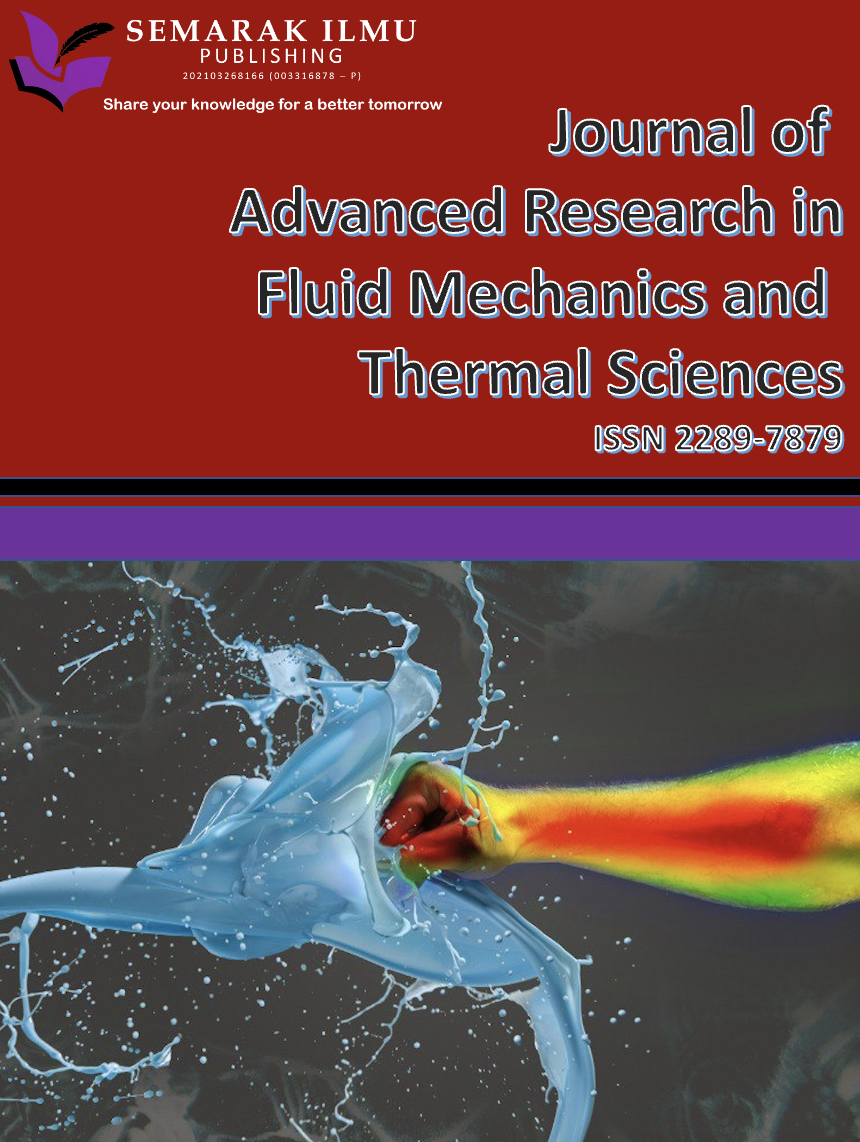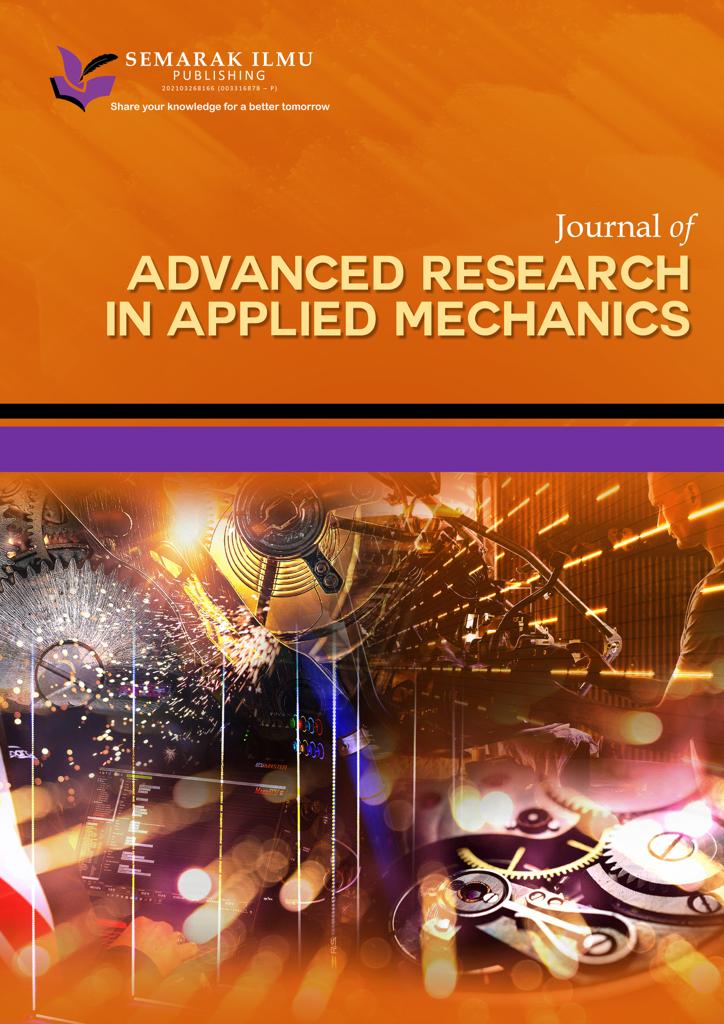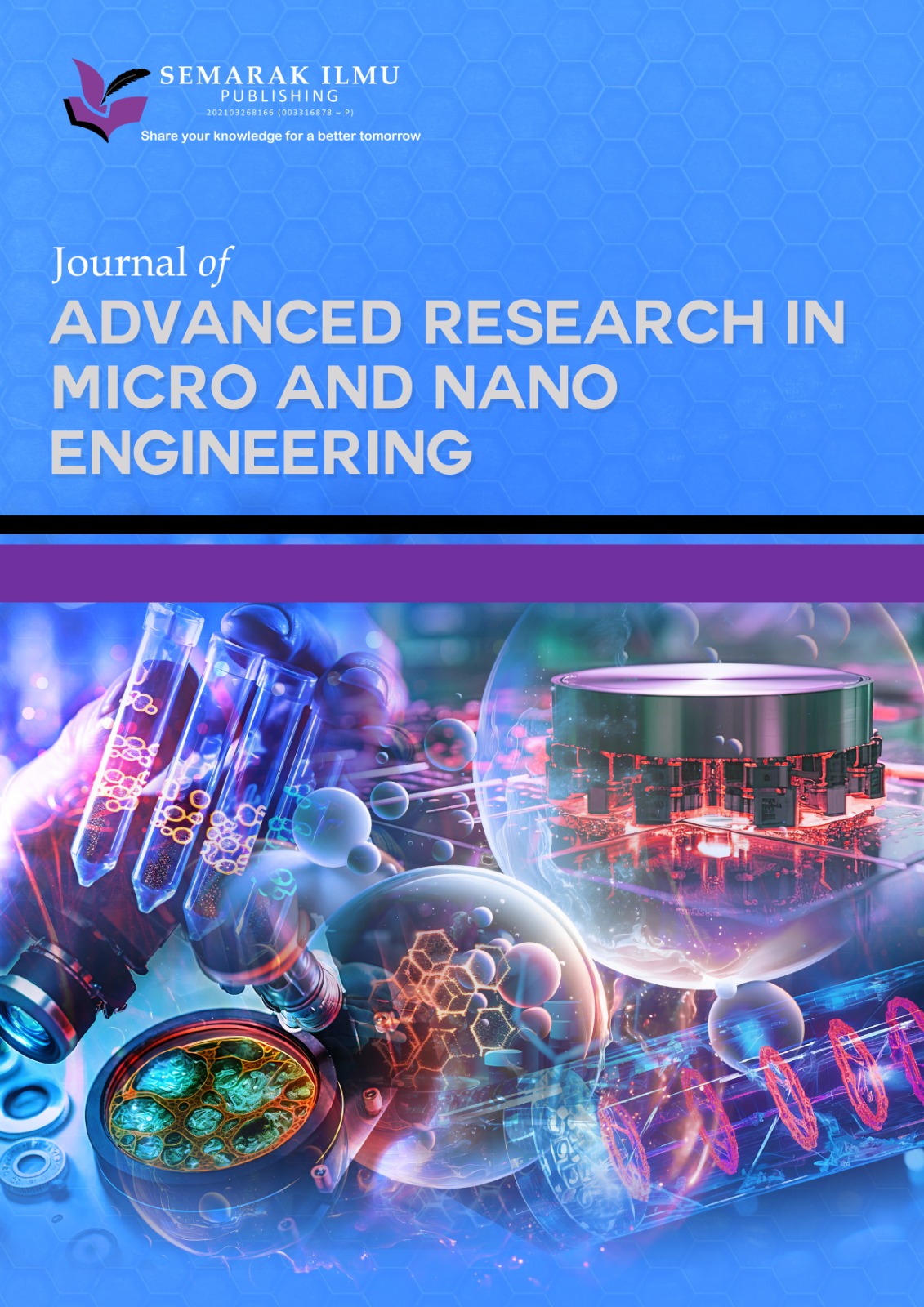Study on MIG and TIG Weldment Behaviour Using Finite Element Approach
DOI:
https://doi.org/10.37934/araset.46.2.8189Keywords:
MIG and TIG welding, FEA Analysis, SolidWorks Simulation, Experimental Study, WeldmentAbstract
Welding production is used in a wide range of industries, including construction, automotive manufacturing, shipbuilding, aerospace, and more. It is a crucial process in creating strong and durable structures and products. Welding is a fabrication process whereby two or more parts are fused together by means of heat, pressure or both forming a join as the parts cool. The completed welded joint may be referred to as a weldment. Failure of a welded junction happens when it does not satisfy expected strength standards or does not serve the purpose for which it was designed. A number of things, such as improper welding technique, the wrong choice of material, the wrong welding procedure, or subpar quality control during the production process, can lead to welding joint failure. Experimental tests for quality assurance and inspections were applied in aid for spotting potential problems and preventing welding joint failure. The weldments were studied for tensile test and impact test. The research provides discussion on the SolidWorks simulation method on different steel material in terms of quality welding joint. The objective of this study is to investigate the relationship between two types of welding which are MIG and TIG welding and different steel materials involving low carbon steel (LCS), cold-rolled steel (CRS) and hot-rolled steel (HRS) through SolidWorks simulation. The main focus of this study was to propose the best welding joint design with minimal welding defects, for instances, porosity, weld cracks and undercut. This study was designed in order to find out about the performances of various welding types on different steel materials castings in welding production. There were three different weld joint designs proposed in this study based on the previous researches with fixed parameters installed on each design.





